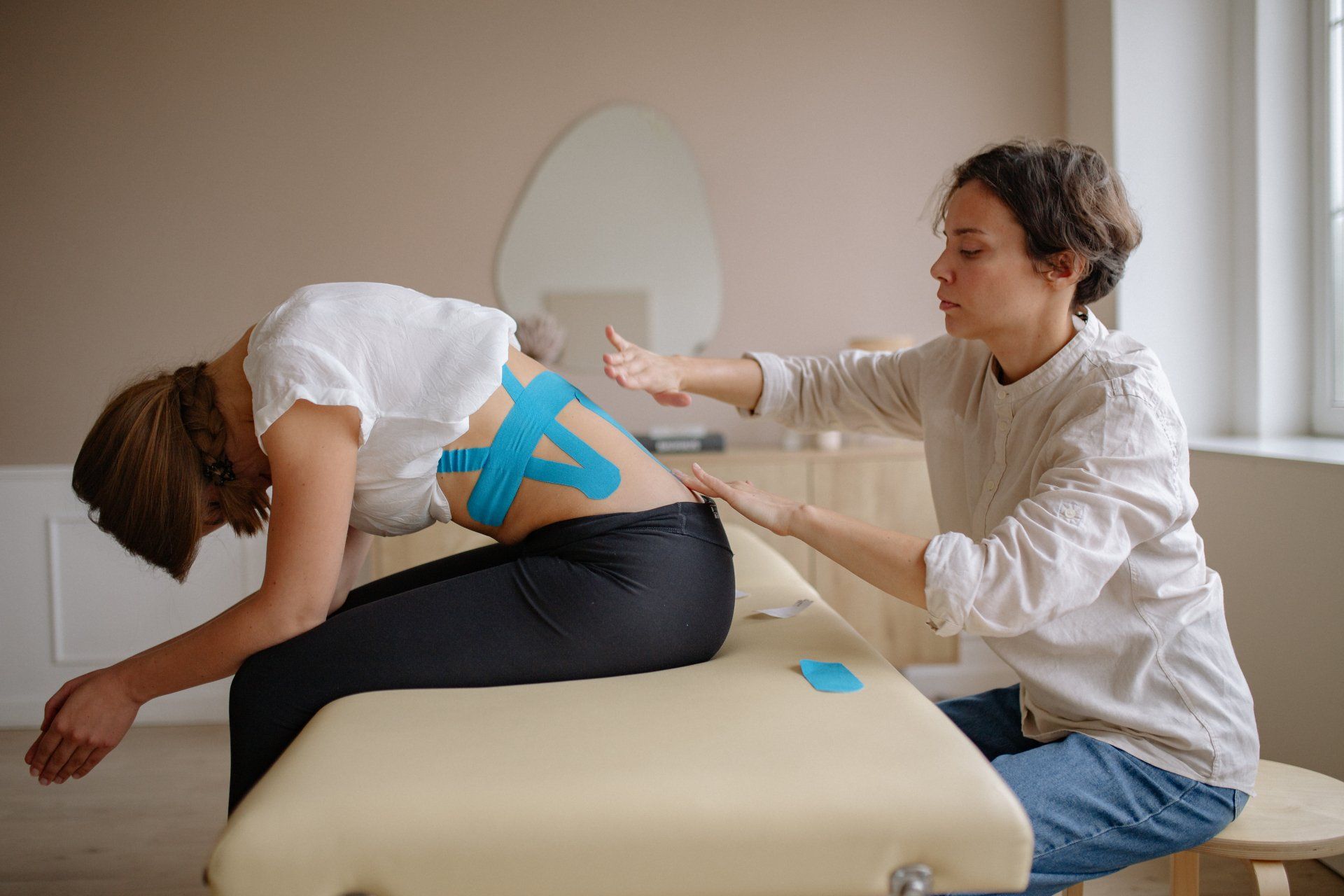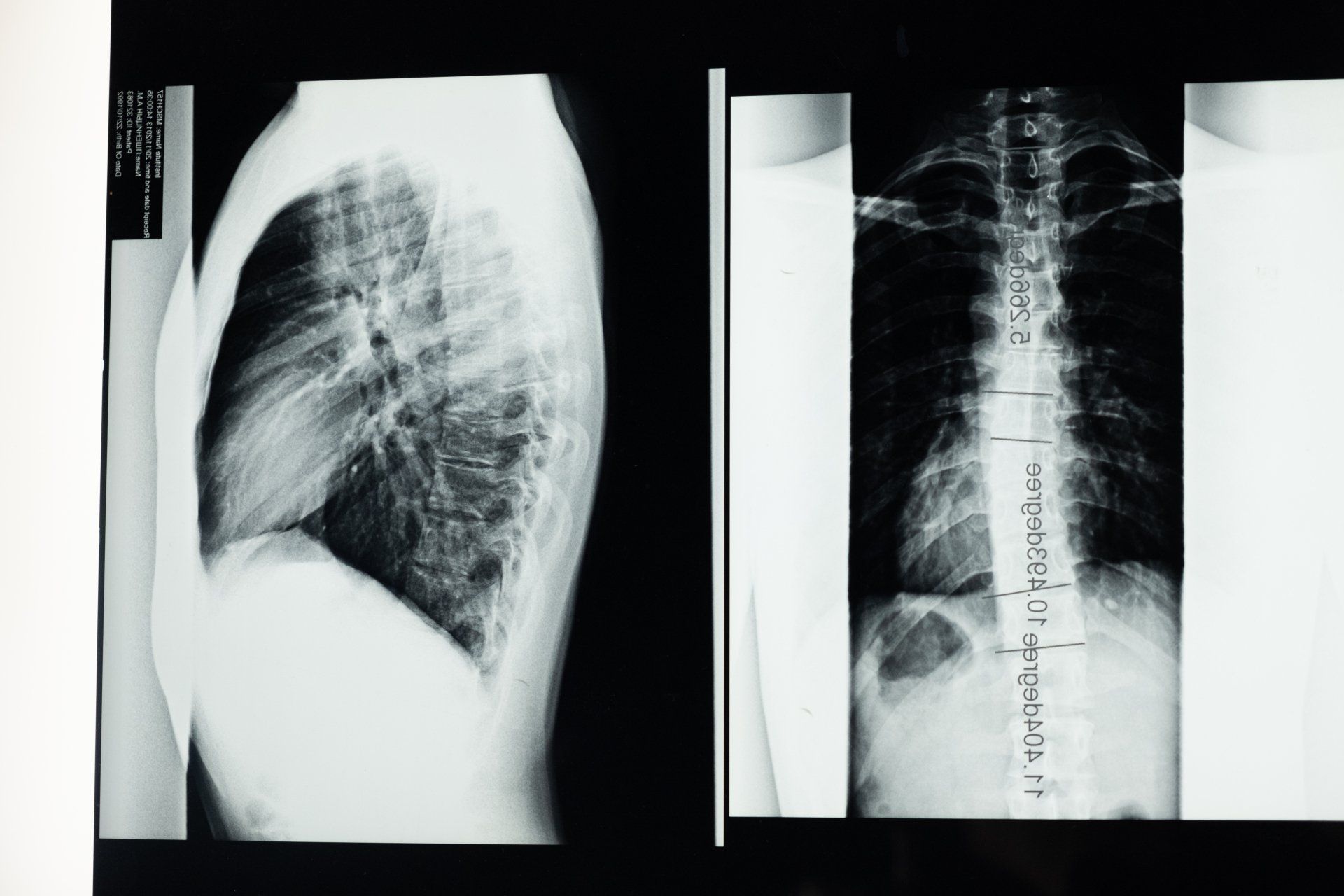NGO Initiatives: Improving Rural Health Outcomes
Introduction
Access to healthcare remains a significant challenge in low-income and rural areas worldwide. Non-Governmental Organizations (NGOs) play a crucial role in bridging this gap by providing essential health services. However, traditional diagnostic methods often require expensive equipment and specialist consultations, which are not feasible in resource-limited settings. Metamorphosis offers a revolutionary solution through its advanced AI-powered platform that enables early detection of spinal and postural issues without the need for hospital visits. This whitepaper explores how Metamorphosis can be implemented by NGOs to screen and assess health in low-income areas, ultimately improving health outcomes and reducing costs.
The Need for Improved Health Screening in Low-Income Areas
Rural and low-income populations often face significant barriers to accessing healthcare, including:
- Limited Healthcare Facilities: Many rural areas lack adequate healthcare facilities, making it difficult for residents to receive timely diagnoses and treatments.
- High Costs: The cost of traveling to urban centers for healthcare and the expenses associated with traditional diagnostic methods can be prohibitive for low-income families.
- Lack of Specialists: There is often a shortage of healthcare specialists in rural areas, leading to delayed diagnoses and treatments.
Metamorphosis: A Game-Changer for Health Screening
Metamorphosis is designed to address these challenges by providing a cost-effective, portable, and easy-to-use diagnostic platform. Key features include:
- Non-Invasive Technology: Uses optical imaging and AI to detect spinal and postural abnormalities without the need for radiation or physical contact.
- Instant Results: Provides immediate diagnostic feedback, enabling prompt intervention.
- Cost-Effective: Reduces the need for expensive equipment and specialist consultations.
Implementation Strategy for NGOs
To effectively deploy Metamorphosis in rural and low-income areas, NGOs can follow a structured implementation strategy:
Phase 1: Planning and Setup
- Needs Assessment: Identify target areas with limited access to healthcare and high prevalence of spinal and postural issues.
- Stakeholder Engagement: Collaborate with local health authorities, community leaders, and healthcare providers to gain support and ensure community buy-in.
- Resource Allocation: Secure funding and allocate resources for purchasing Metamorphosis units and training healthcare workers.
Phase 2: Training and Capacity Building
- Staff Training: Conduct comprehensive training sessions for local healthcare providers on using the Metamorphosis platform, including device operation and data interpretation.
- Community Education: Organize awareness programs to educate the community about the importance of spinal health and the benefits of the new screening technology.
Phase 3: Screening and Data Collection
- Mobile Health Clinics: Deploy Metamorphosis units in mobile health clinics to reach remote populations.
- Health Camps: Organize periodic health camps in villages to conduct mass screenings and provide immediate diagnostic feedback.
- Data Management: Implement a robust data management system to collect, analyze, and track diagnostic data.
Case Study: Pilot Project in Bangladesh
A pilot project was implemented in rural areas of Bangladesh to demonstrate the effectiveness of Metamorphosis in improving health outcomes. The project involved:
- Training Local Healthcare Workers: Healthcare workers underwent training on using the Metamorphosis platform, enabling them to conduct screenings independently.
- Community Screenings: Health camps were organized to screen children and adults for spinal and postural issues.
- Early Detection and Referral: Individuals with detected abnormalities were referred for further medical evaluation, ensuring timely intervention.
Results
The pilot project in Bangladesh yielded significant results:
- Increased Early Detection: The pilot project resulted in a significant increase in the early detection of spinal deformities. For instance, a 12-year-old girl was found to have a 25-degree scoliosis curvature, which, if left undetected, could have progressed to a more severe condition requiring invasive treatment. Early intervention with physical therapy and monitoring helped in managing the condition effectively.
- Case Example 1: Kyphosis Detection: A 14-year-old boy presented with back pain and was found to have an exaggerated kyphotic curve. The early detection through Metamorphosis led to immediate referral to an orthopedic specialist, who initiated a treatment plan involving bracing and physical therapy, preventing further progression of the deformity.
- Case Example 2: Lordosis Identification: An 11-year-old girl was screened and found to have hyperlordosis. This early diagnosis allowed for a customized exercise regimen to improve her posture and prevent potential complications.
- Case Example 3: Asymmetry and Rib Hump: A 13-year-old boy exhibited a noticeable rib hump during screening. The early detection of asymmetry indicated potential scoliosis, leading to further medical assessment and timely intervention.
- Cost Savings: By reducing the need for hospital visits and expensive diagnostics, the project saved substantial costs for both the community and the healthcare system. On average, families saved around 60% of the costs typically associated with traveling to urban centers for diagnostic assessments.
- Improved Health Outcomes: Early intervention and continuous monitoring led to better health outcomes and improved quality of life for the screened individuals. Regular follow-ups ensured that the conditions were managed effectively, reducing the risk of severe complications.
Benefits of Using Metamorphosis for NGOs
- Accessibility: Brings advanced diagnostic capabilities to underserved and remote areas.
- Affordability: Reduces the cost of diagnostics and eliminates the need for expensive equipment.
- Efficiency: Streamlines the screening process, providing immediate results and enabling quick decision-making.
- Scalability: Easily scalable across multiple regions, making it a sustainable solution for large-scale implementation.
Conclusion
Metamorphosis offers a transformative approach to health screening in rural and low-income areas, empowering NGOs to deliver high-quality healthcare services to underserved populations. By leveraging advanced AI and optical imaging technology, Metamorphosis enables early detection of spinal and postural issues, reducing the need for hospital visits and associated costs. This innovative platform not only improves health outcomes but also contributes to the sustainable development goal of ensuring healthy lives and promoting well-being for all.
Recommendations
- Expand Pilot Projects: Implement additional pilot projects in diverse regions to further validate the effectiveness and scalability of Metamorphosis.
- Seek Funding and Partnerships: Collaborate with international health organizations, governments, and private donors to secure funding and support for large-scale implementation.
Conclusion
By adopting Metamorphosis, NGOs can make a significant impact on the health and well-being of low-income and rural populations, ensuring that everyone has access to quality healthcare regardless of their location or financial status.

/ contact
Let’s talk, meet, work together.
This is a paragraph. Writing in paragraphs lets visitors find what they are looking for quickly and easily.
This is a paragraph. Writing in paragraphs lets visitors find what they are looking for quickly and easily.
This is a paragraph. Writing in paragraphs lets visitors find what they are looking for quickly and easily.
This is a paragraph. Writing in paragraphs lets visitors find what they are looking for quickly and easily.
This is a paragraph. Writing in paragraphs lets visitors find what they are looking for quickly and easily.
Jane Faber, New York
This is a paragraph. Writing in paragraphs lets visitors find what they are looking for quickly and easily.
This is a paragraph. Writing in paragraphs lets visitors find what they are looking for quickly and easily.



